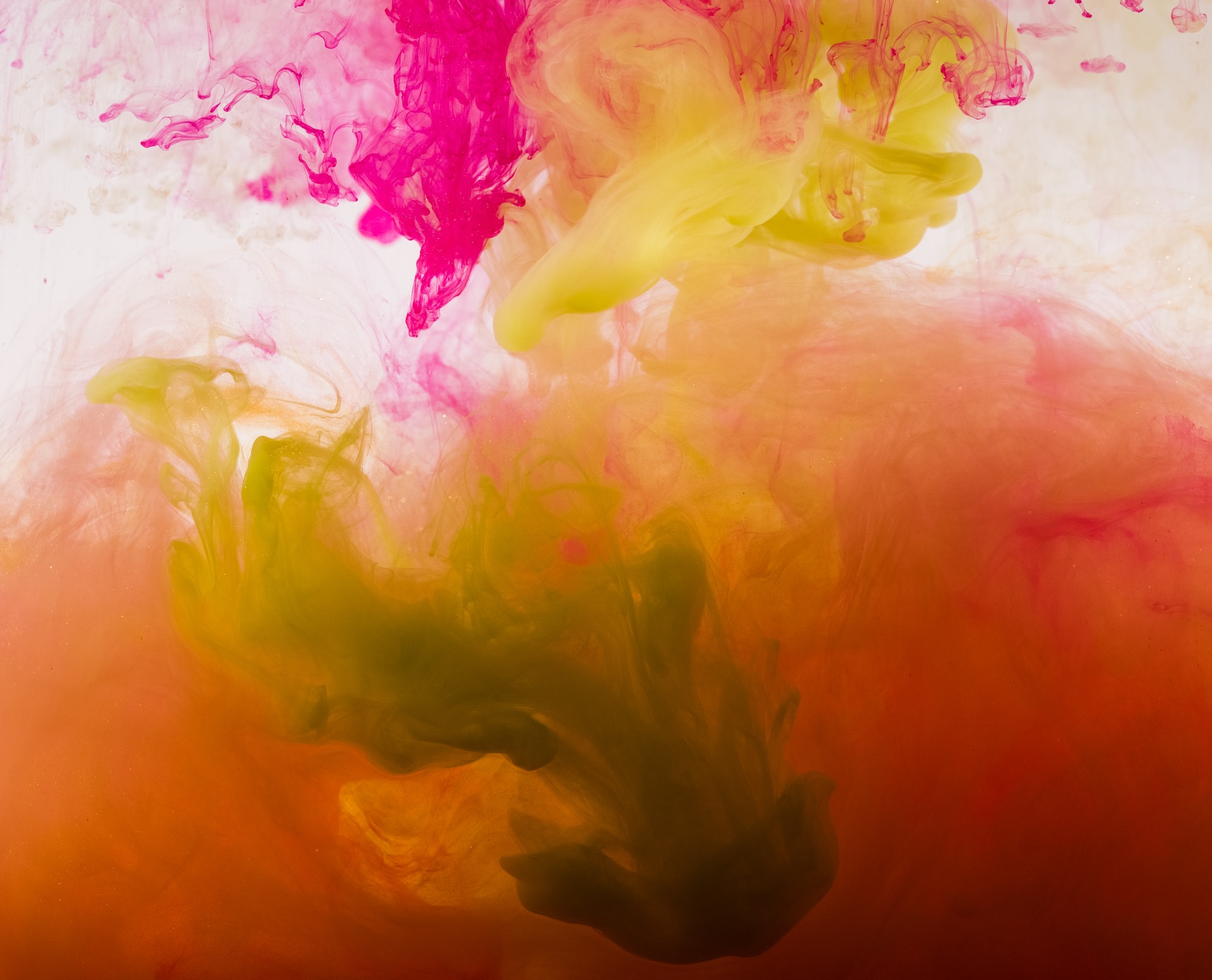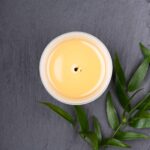Section 1: Using Natural Ingredients for Candle Dye
In recent years, there’s been a significant rise in individuals committed to lessening their impact on nature. One way to contribute to this lifestyle is by using natural ingredients such as herbs, plants, and flowers to color candles. Thus, you’re not only reducing reliance on synthetic colors, but you’re creating a unique product that carries a piece of nature too.
But how does one go about using natural ingredients for candle dyes? You can extract these colors by drying out the raw materials and grinding them into a fine powder. It’s essential to remove all moisture from these raw materials to prevent molding in the candle. Additionally, the careful selection of specific ingredients can add a unique scent to your candles, enhancing the overall experience.
Section 2: Types of Natural Dyes and How to Utilize Them
There are various forms of natural dyes you can use, such as powder, liquid, chips, and flakes. Each type provides a different effect when mixed with wax, and understanding this can help you achieve the color you desire in your candle.
Powdered dyes are easily incorporated into the wax and offer a broad spectrum of colors, while liquid dyes offer more control over the color intensity. On the other hand, dye chips melt directly into the wax and offer an easy way to achieve consistent colors. Additionally, dye flakes are convenient for color blending, giving you infinite possibilities for custom shades.
Section 3: Choosing High-Quality Measuring Tools for Accurate Dye Quantities
Having consistent color batches spurs from accurate measurements. Hence, it is important to invest in high-quality measuring tools to control the amount of dye used accurately. Using too much or too little dye can lead to variations in candle colors or affect the candle’s proper functioning, such as wicking and burning.
Section 4: Using the Drop Test for Color Matching across Batches
Mastering the art of consistent coloring requires a practical method called the drop test. This test involves dropping a small amount of colored wax onto a white plate to check the color before adding more dye. It allows you to match colors across different batches accurately, ensuring consistency in your candle making process.
Section 5: Creating Unique Colors with Various Spices, Herbs, Plants, Flowers, and Fruits
Coloring candles naturally doesn’t mean you’re limited in your color options. There are countless natural sources you can extract dyes from, such as various spices, herbs, plants, flowers, and fruits. Imagine the diverse range of colors within your reach with these resources.
Experimenting and blending various sources can lead to unique colors, adding a unique appeal to your candles. So don’t be afraid to explore – the world of natural coloring is vast and waiting for you to discover.
Writing this article perfectly aligns with exploring eco-friendly manufacturing processes. And for those interested in diving deeper into ‘Creating candles with natural dyes,’ stay tuned for more in-depth insights.




